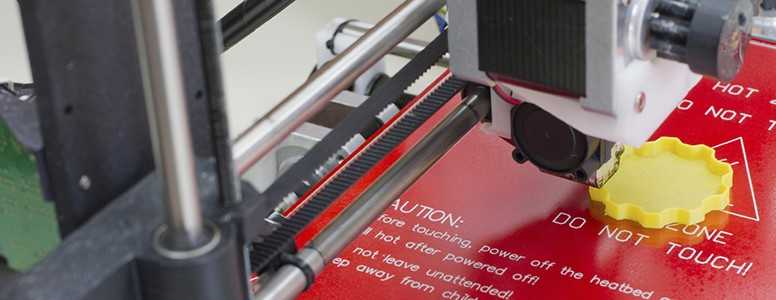A 3D printing technique known as bioplotting is being examined by researchers as a potential treatment for type 1 diabetes.
This approach is being developed so islet cells, which are cell groups comprised of insulin-producing beta cells, can be transplanted into patients with type 1 diabetes while being fully protected.
Researchers at the University of Twente, the Netherlands, have been working on how clusters of islet cells could be 3D printer into a scaffold, made from a mixture of alginate and gelatine.
Not only would this serve to protect the cells from immune system destructio, which characterises type 1 diabetes, but immunosuppressant drugs to prevent this attack, which is normally a side effect of islet cell encapsulatio, may not be necessary.
By shielding these islet cells, they have a better chance of functioning properly once in place and allowing insulin and blood to pass through. The scaffold also prevents the cells from migrating through the body following transplantation.
Initial results
Results from tests using the scaffold have found it is capable of enabling the islet cells to perform normally, and could point to a promising delivery technique.
Dr A A van Apeidoor, co-author of the study from the University of Twente, said: “Our results showed that once the islet cells were retrieved from the 3D scaffolds in the lab, they were able to produce insulin and respond to glucose in the same way as non-printed islet cells.
“If we are to improve the success of this treatment for type 1 diabetes, we need to create an implant in which islets are embedded, or encapsulated, from a material that allows for very efficient oxygen and nutrient supply, and quick exchange of glucose and insulin, while keeping the host cells out,” van Apeidoorn added.
This line of treatment is still in its early stages, but following additional research and development, 3D printing could prove a fascinating line of treatment for type 1 diabetes.
The findings from this research were published in IOP.
What's new on the forum? ⭐️
Get our free newsletters
Stay up to date with the latest news, research and breakthroughs.







